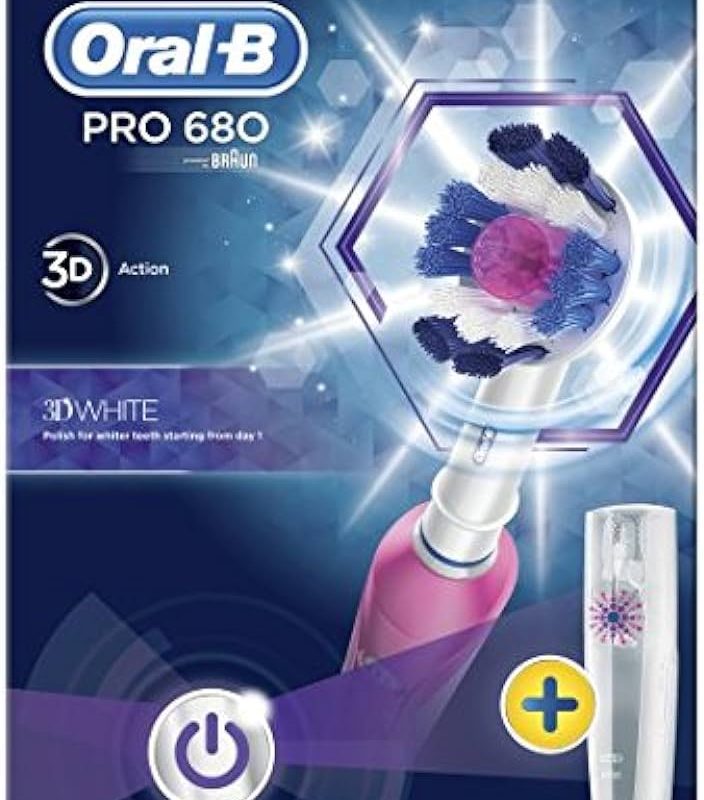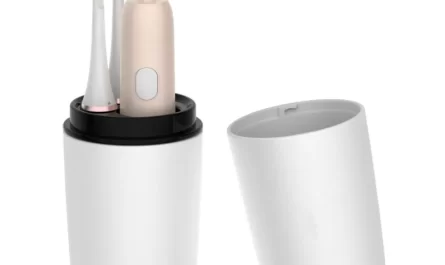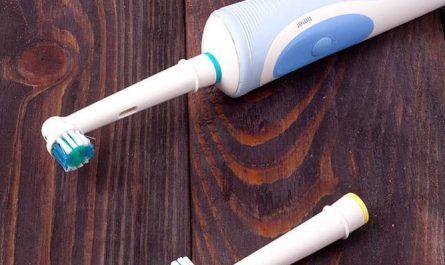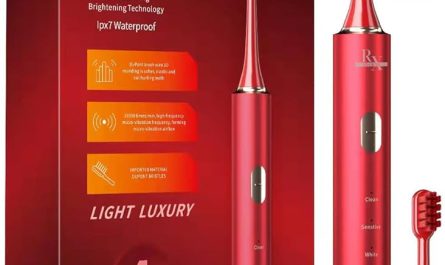Introduction
Achieving a brighter and whiter smile is a common desire for many individuals. While electric toothbrushes are primarily designed for effective plaque removal and overall oral hygiene, there is speculation regarding their potential to whiten teeth. In this article, we will explore the effectiveness of electric toothbrushes in teeth whitening, considering various factors such as brush head design, brushing techniques, toothpaste formulations, and the role of stains and discoloration.
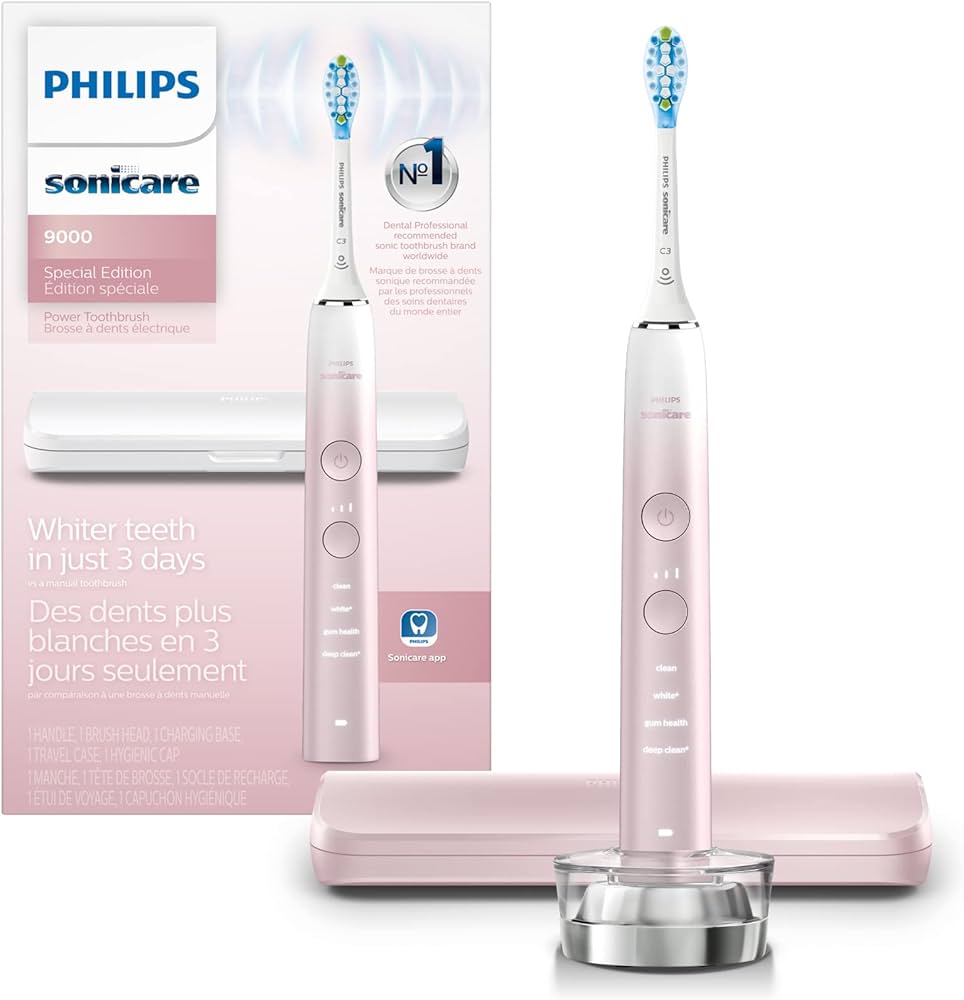
Do electric toothbrushes whiten teeth?
Brush head design and bristle movement
The design of the brush head in an electric toothbrush is crucial in determining its whitening capabilities. Some electric toothbrushes feature specialized brush heads with unique bristle configurations, such as diamond-shaped bristles or polishing cups. These design elements aim to enhance the whitening effect by effectively removing surface stains and polishing the teeth.
Removing surface stains
Surface stains are one of the main contributors to tooth discoloration. Electric toothbrushes, through their rapid oscillating or rotating movements, can aid in the removal of these stains. The bristles of the electric toothbrush can reach into the crevices and hard-to-reach areas, dislodging and removing stains caused by food, beverages, and tobacco. Brushing with an electric toothbrush can provide a more thorough cleaning compared to a manual toothbrush, resulting in a brighter appearance.
Brushing techniques
Proper brushing techniques are essential for maximizing the whitening potential of an electric toothbrush. Applying too much pressure or using aggressive scrubbing motions can potentially harm the enamel and gums, leading to sensitivity and irritation. Additionally, brushing for the recommended duration of two minutes ensures adequate time for the toothpaste and bristles to work on whitening the teeth.
Toothpaste formulations
The toothpaste used in conjunction with an electric toothbrush can also contribute to the whitening effect. Many toothpaste brands offer whitening varieties that contain additional ingredients such as hydrogen peroxide or baking soda. These ingredients work by breaking down stains and lightening the tooth enamel. When used with an electric toothbrush, these whitening toothpaste formulations can enhance the overall whitening process.
Removing intrinsic stains
Intrinsic stains are discolorations that occur within the tooth structure and are often more challenging to remove. While electric toothbrushes may not be as effective in removing intrinsic stains compared to professional whitening treatments, they can still play a role in improving the appearance of teeth. The thorough cleaning provided by an electric toothbrush, combined with the use of whitening toothpaste, can reduce the visibility of intrinsic stains over time.
Role of stains and discoloration
Understanding the nature of stains and discoloration is essential in assessing the whitening capabilities of an electric toothbrush. Surface stains caused by external factors, such as coffee or wine, are more likely to respond to regular brushing with an electric toothbrush. However, certain discolorations caused by factors like genetics, medications, or dental trauma may require professional whitening treatments for significant improvement. Electric toothbrushes can still contribute to overall oral health and maintenance of a brighter smile, even if complete elimination of certain types of discoloration is not achievable.
Complementary whitening treatments
For individuals seeking significant teeth whitening results, the use of an electric toothbrush can be complemented with professional whitening treatments. These treatments, performed by dentists, typically involve the application of a whitening agent, such as hydrogen peroxide, to the teeth. The use of an electric toothbrush in conjunction with professional whitening treatments can help maintain the results and prolong the whitening effect.
Conclusion
While electric toothbrushes are primarily designed for plaque removal and overall oral hygiene, they can contribute to teeth whitening to some extent. Through their specialized brush head designs, effective removal of surface stains, proper brushing techniques, and use of whitening toothpaste formulations, electric toothbrushes can enhance the overall appearance of teeth. However, it is important to understand that the effectiveness of electric toothbrushes in whitening teeth is limited, particularly for intrinsic stains. Professional whitening treatments may be necessary for significant whitening results. Ultimately, maintaining good oral hygiene practices, including regular brushing with an electric toothbrush, can help achieve and maintain a brighter smile.

